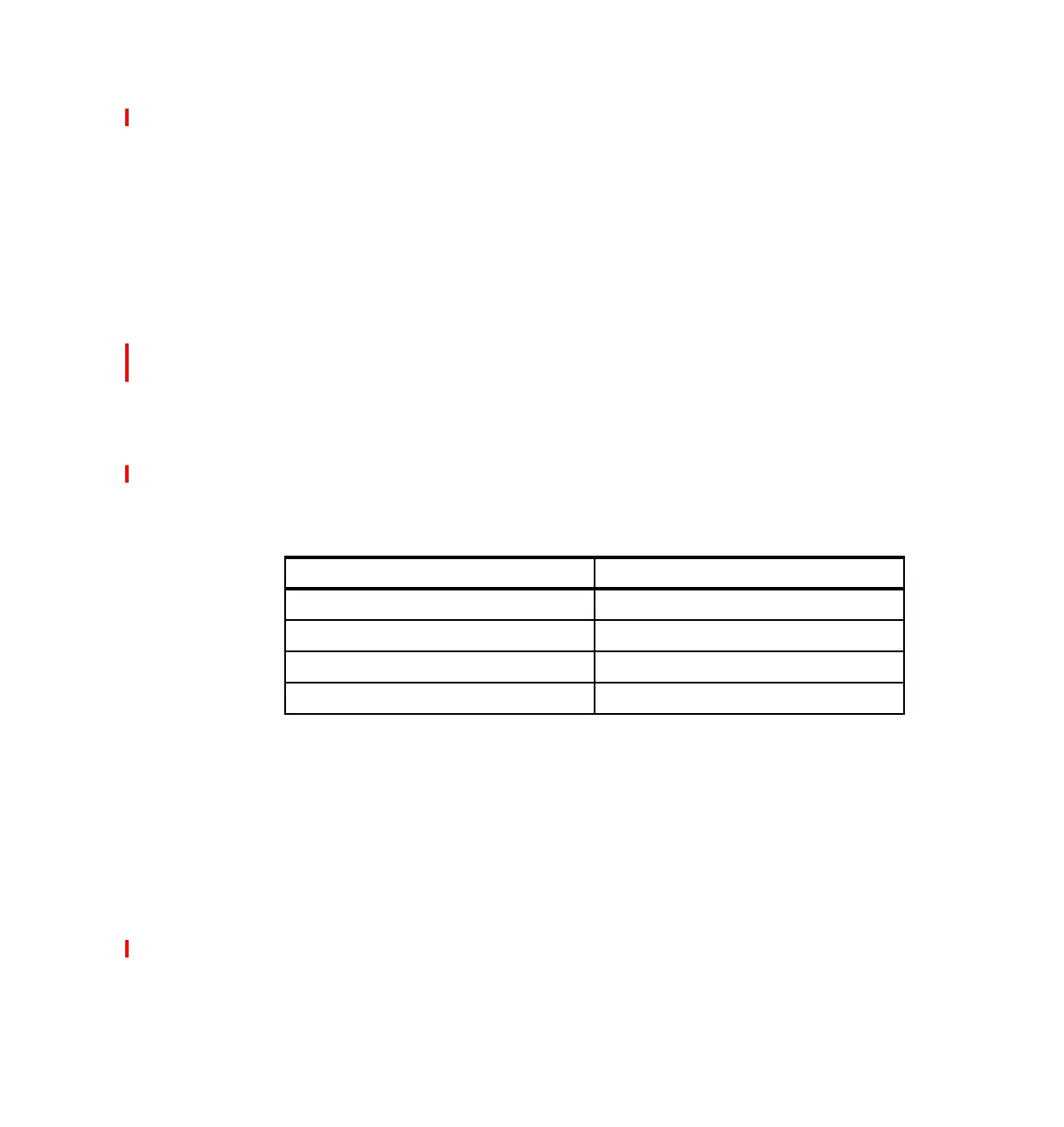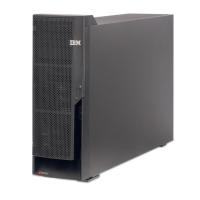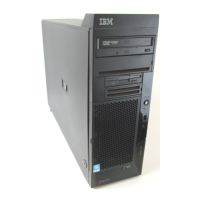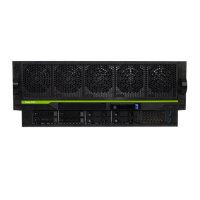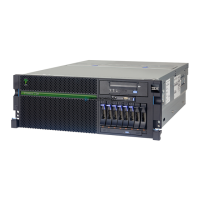5486IntStor.fm Draft Document for Review October 18, 2004
386 IBM Eserver i5 and iSeries System Handbook
The disk array subsystems supplied by IBM enhance the selection of recovery
options available on the iSeries and i5 servers. This method of protection is
based on the Redundant Array of Independent Disks (RAID) specifications that
were published by the University of California in 1987. The high-availability
servers with device parity protection use a technique similar to RAID-5
data-redundancy technology to protect data. Throughout this documentation,
RAID and RAID-5 are often referenced, and are, for the most part, synonymous
with device parity protection.
RAID-5
With the #2757 PCI-X Ultra RAID Disk Controller and #2782 PCI-X RAID Disk
Unit Controller available with V5R2 and #2780 PCI-X Ultra RAID Disk Controller
available with V5R3, a minimum of three disk units of the same capacity are
required for a valid RAID-5 configuration. Previous disk controllers have a
minimum requirement of four disks.
Parity information can be spread across two, four, eight, or 16 of the disk units in
an array, and is automatically maintained as part of the RAID-5 protection
feature. Internal disk units of different technology (that is, different feature
numbers), but of the same capacity, can be either mirrored or RAID-5 protected.
Having parity spread across 16 disk units gives better performance in the event
of a disk unit failure, since the data required to dynamically rebuild the data on
the failed disk is accessed from one sixteenth of the disk units as opposed to an
eighth, quarter, or half of the disk units.
If one disk unit fails, it cannot be used to read or write data. The disk unit
controller then reads the parity and data from the same data areas as the other
disk units to dynamically rebuild the original data from the failed disk unit to
satisfy ongoing read requests. When data needs to be written, the controller
generates the parity information for the failed disk unit as though it were still
operating. As far as the iSeries and i5 server is concerned, the disk units
continue to respond to I/O even though a single disk unit has failed.
Number of units in the array Number of units parity is spread across
32
4 - 7 4
8 - 15 8
16 - 18 16

